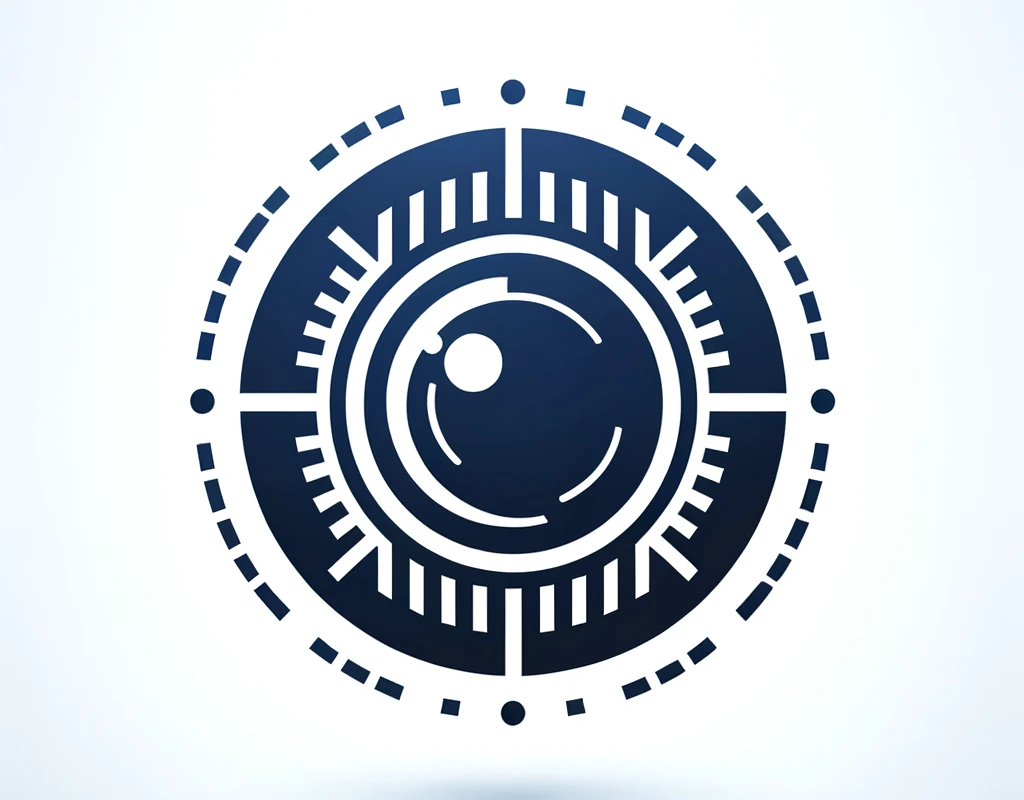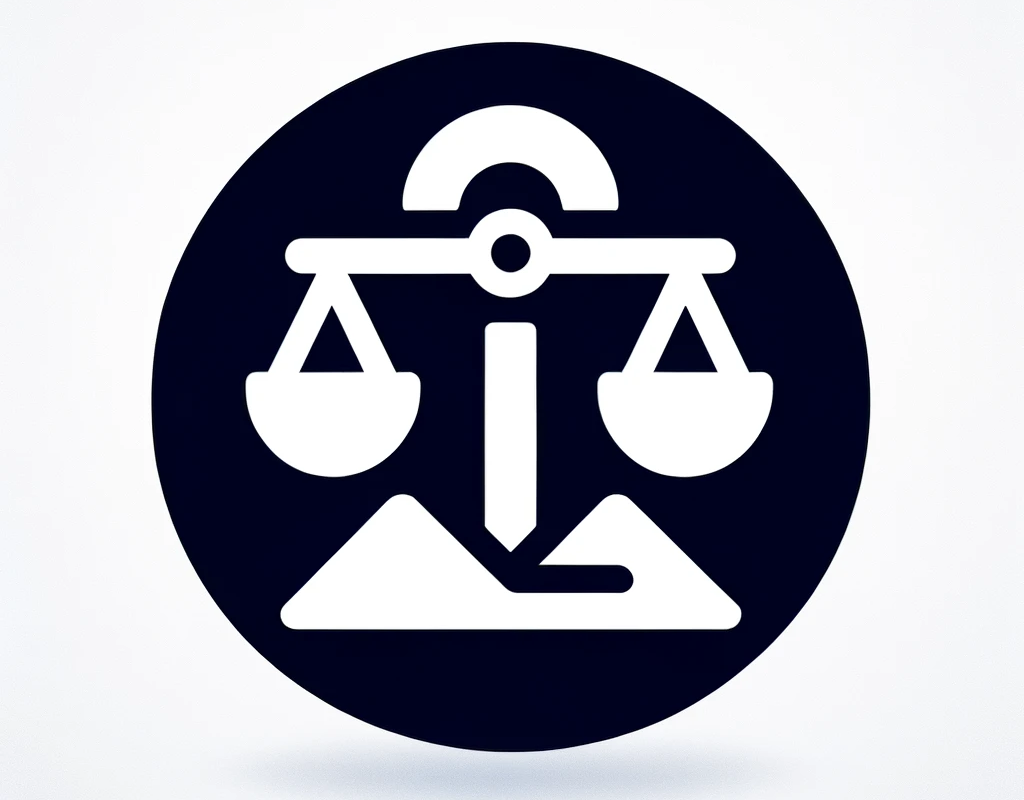Panorama photography can turn ordinary scenes into breathtaking wide-angle vistas. However, one common pitfall is the nodal point error, which can result in misaligned or distorted images. This blog post delves into troubleshooting these errors, ensuring your panoramas are picture-perfect.
Understanding the Nodal Point
The nodal point in photography refers to the point inside a camera lens where the light rays converge before being captured by the camera sensor. In panoramic photography, not aligning this point correctly can lead to parallax errors - a discrepancy in the position of objects when viewed from different angles.
Identifying Nodal Point Errors
You can spot these errors in panoramas when objects don't align properly across frames. These mismatches are especially noticeable near the edges of objects or where two images overlap.
Equipment Setup
Proper equipment is crucial. Use a tripod with a panoramic head. Adjust the tripod so that the camera rotates around the lens's nodal point. This setup minimizes parallax errors.
Calibration Techniques
Test Shots: Take test shots of objects at varying distances. Look for misalignments in overlapping areas.
Alignment Grids: Use a grid or patterned background to align shots precisely.
Software Assistance: Many modern cameras come with software that helps identify the nodal point.
Post-Processing Tips
Even with careful shooting, some errors might slip through. Use photo editing software to correct minor misalignments or distortions.
Practice Makes Perfect
Practice is key. Experiment with different scenes and settings to understand how nodal point errors manifest and how to correct them.
Conclusion
Nodal point errors can be a hurdle in creating seamless panoramas. But with the right knowledge and tools, these challenges can be easily overcome. Keep experimenting and refining your technique, and your panoramas will soon be free of these pesky errors. Happy shooting!










